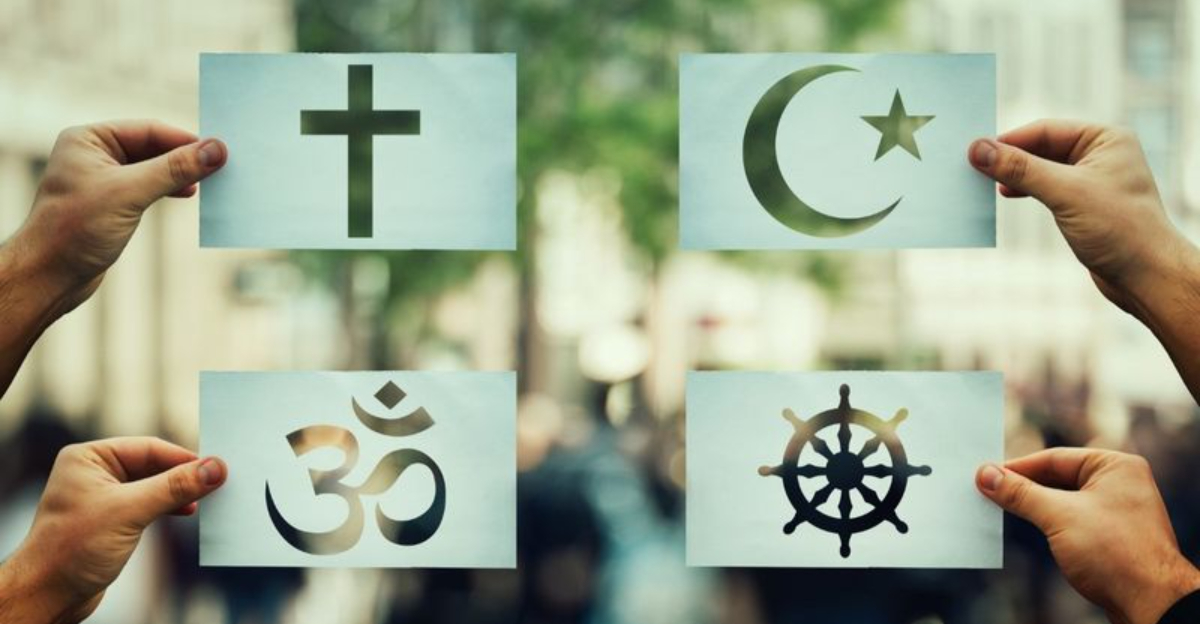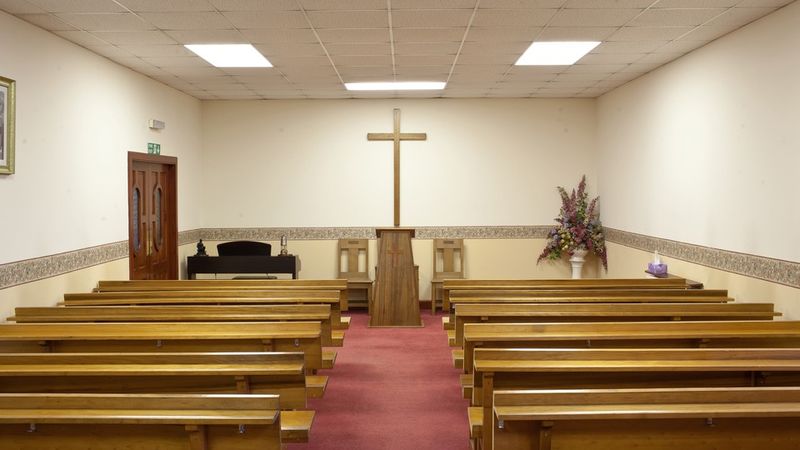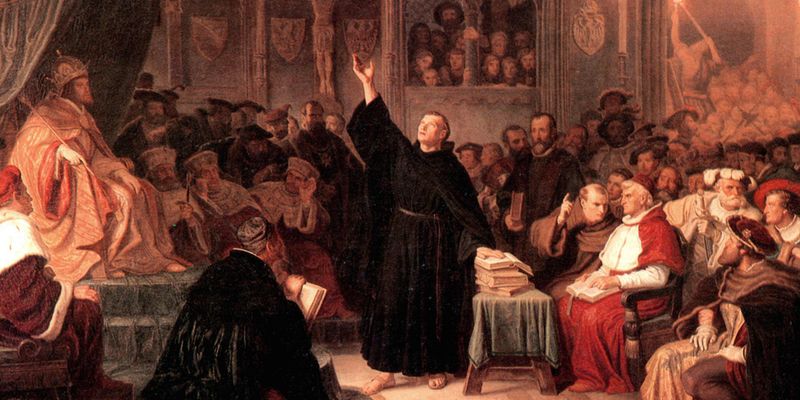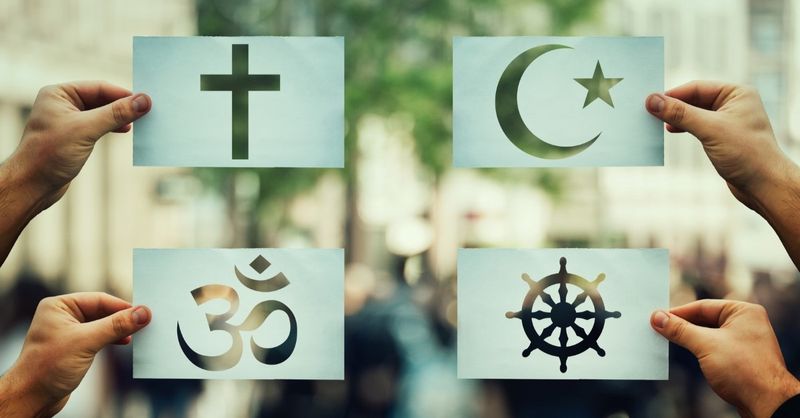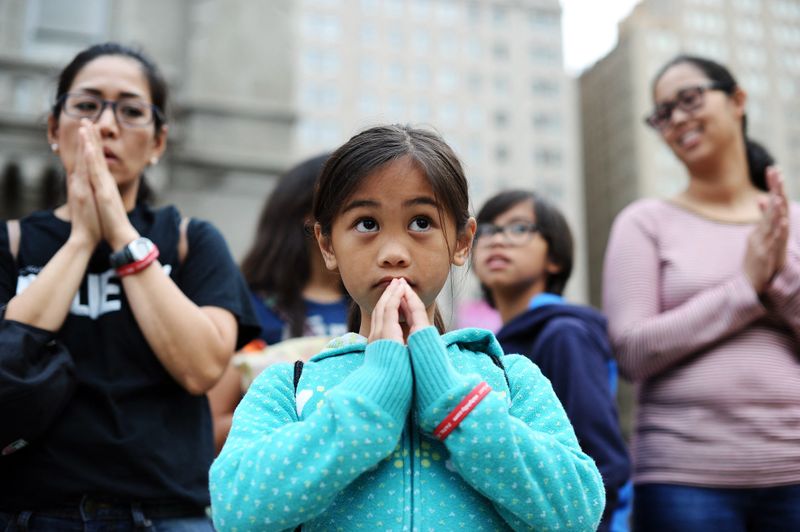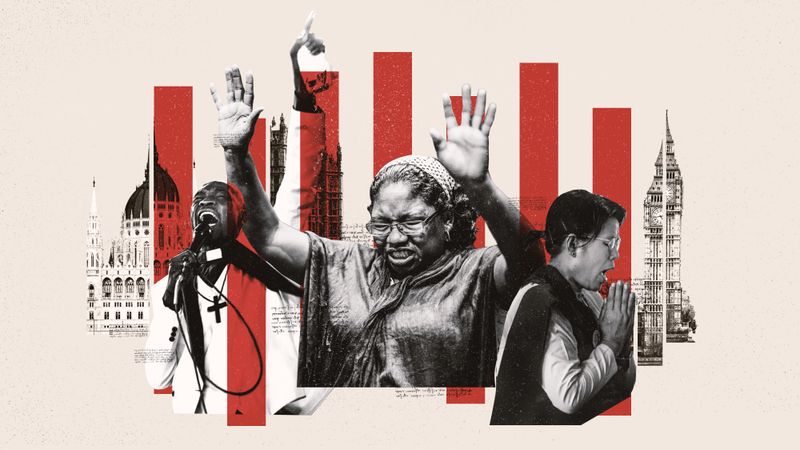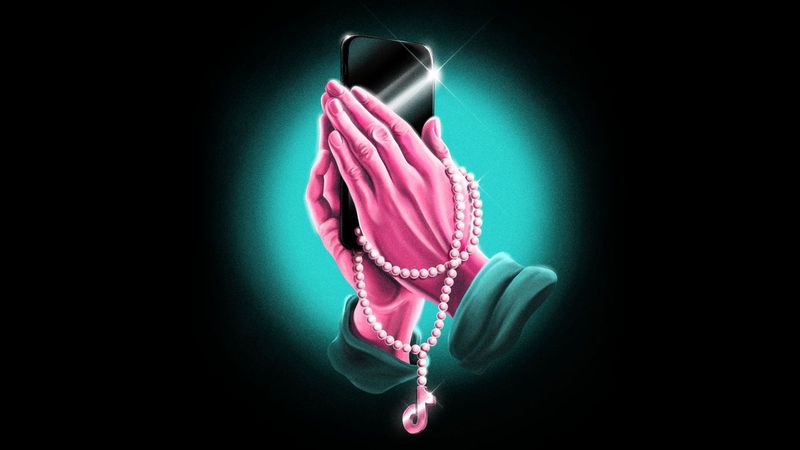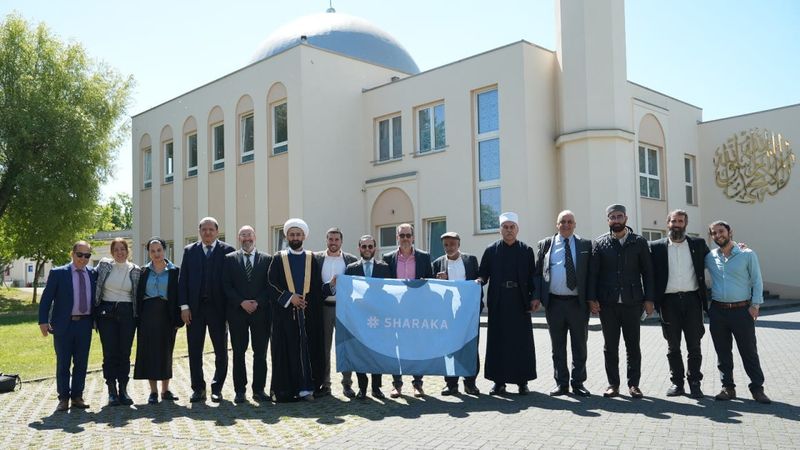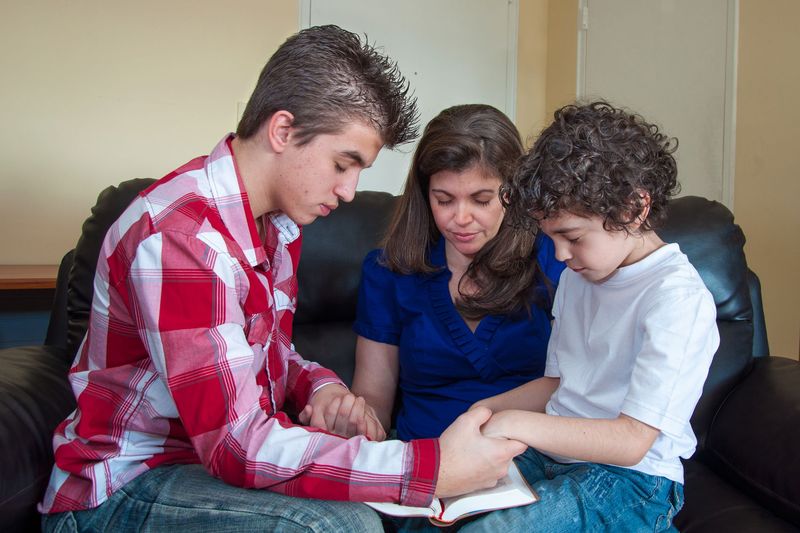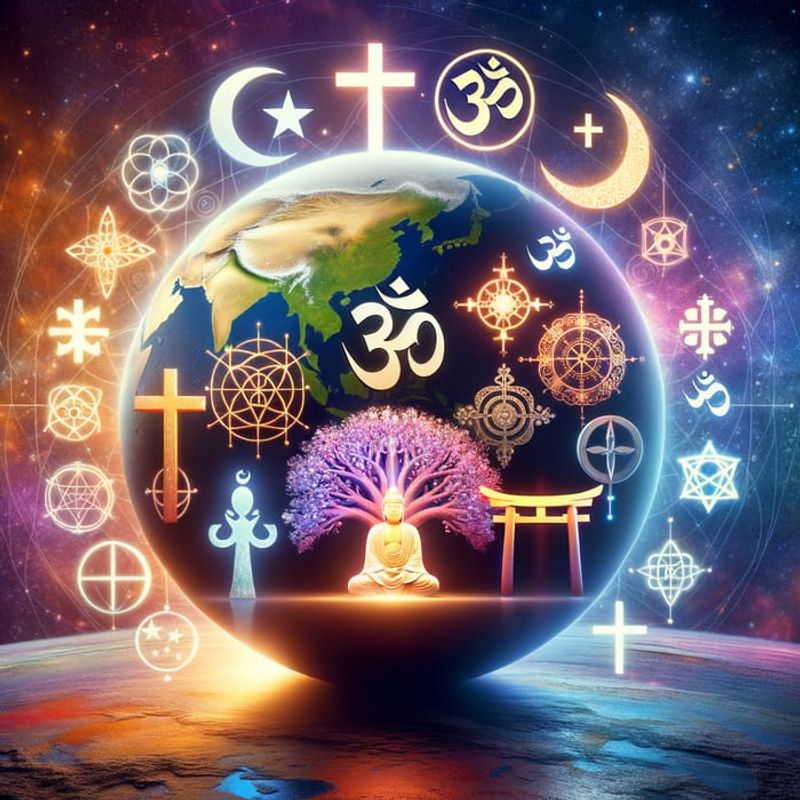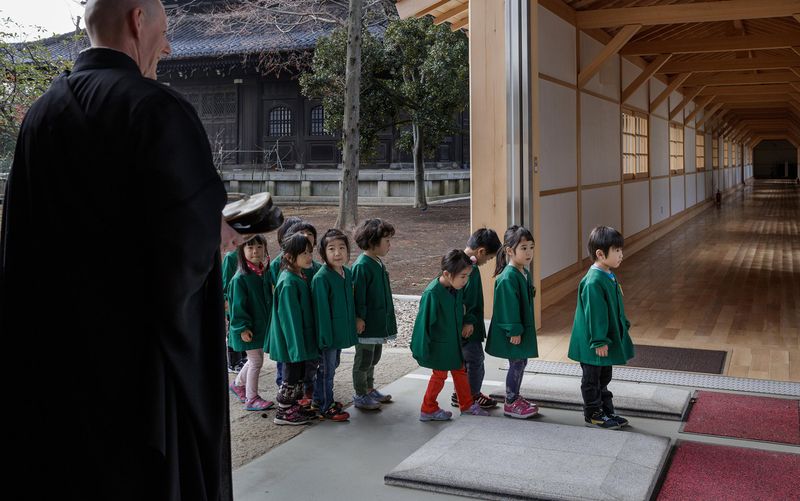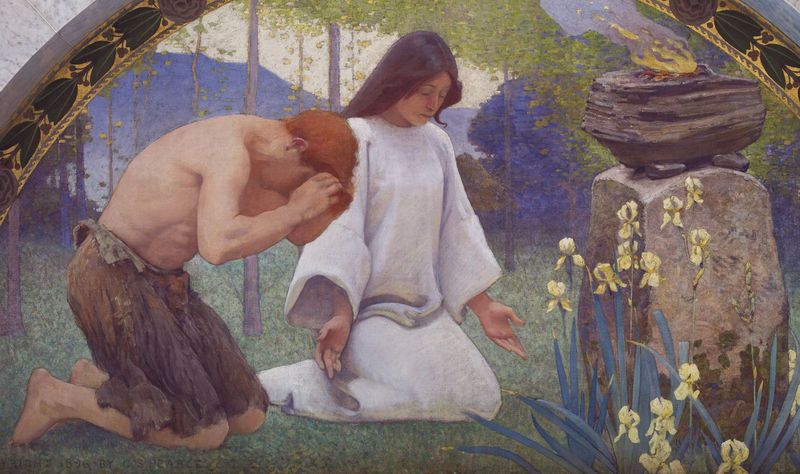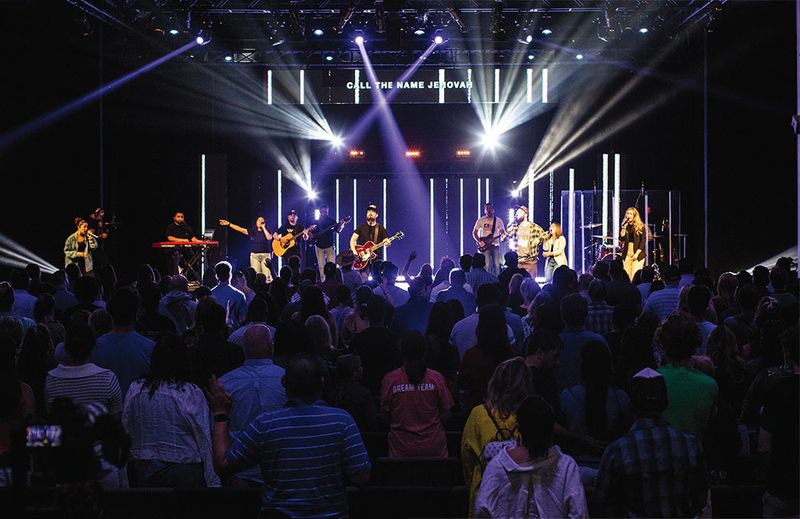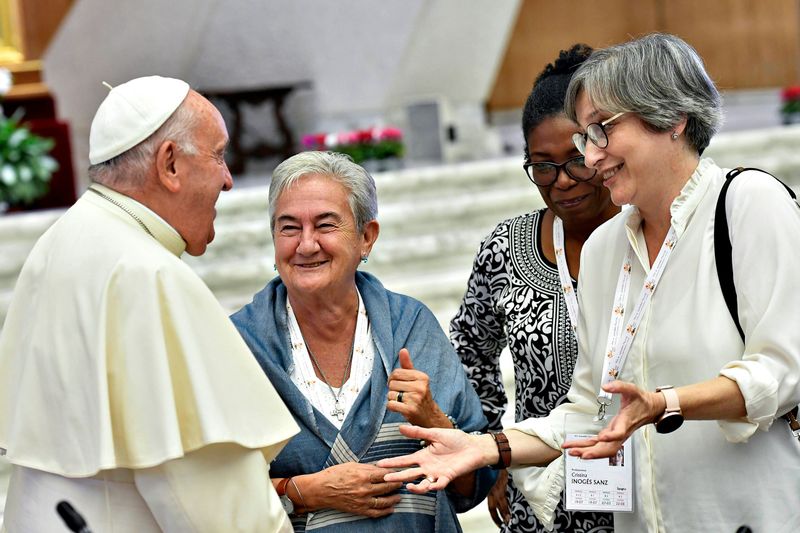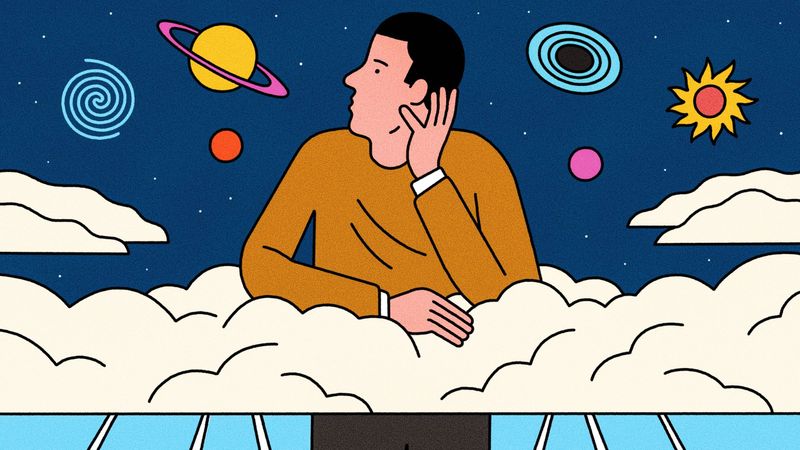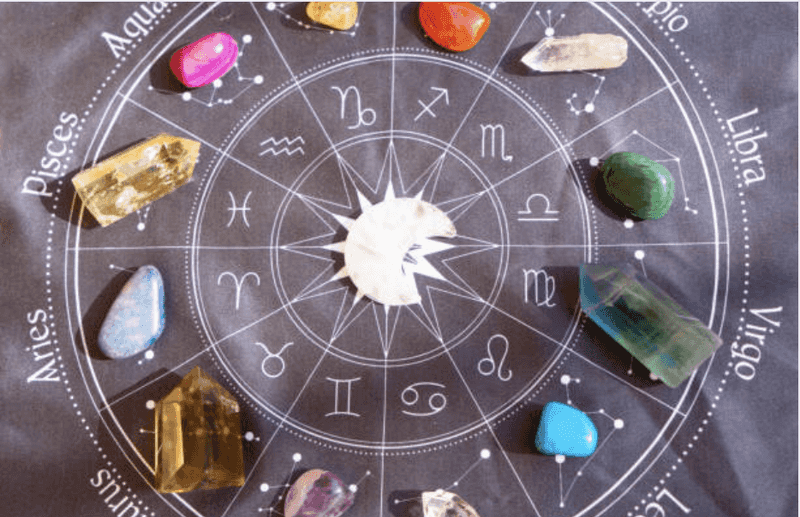Religion has dramatically transformed over the generations, shifting from the bedrock of society to just one option among many. These changes reflect broader cultural shifts in how we understand truth, community, and personal identity.
The following explores seventeen surprising ways our relationship with faith has evolved, revealing both what we’ve gained and what we’ve potentially lost along the way.
1. Empty Pews, Full Screens
Weekly church attendance has plummeted from a cornerstone of community life to an increasingly rare practice. In the 1950s, nearly half of Americans attended religious services weekly, creating social bonds and shared experiences that defined neighborhoods.
Today, those numbers have dropped below 30% in many Western countries. For millions, Sunday mornings now mean sleeping in, brunching with friends, or catching up on work—activities once considered inappropriate for the Sabbath.
The pandemic accelerated this trend by normalizing virtual worship, making the physical church building optional rather than essential for many believers.
2. Questioning the Collar
Religious leaders once commanded automatic respect and unquestioned moral authority in their communities. Their words were treated as divine guidance, and challenging them was often considered blasphemous or disrespectful.
Modern believers approach religious authorities with healthy skepticism, researching claims independently and evaluating teachings against personal values. Scandals involving religious leaders have eroded institutional trust, while education has empowered laypeople to interpret texts themselves.
The internet has democratized religious knowledge, allowing anyone to access scholarly debates once limited to seminaries and religious academics.
3. Spiritual Buffet Style
The rigid adherence to complete religious doctrines has given way to a more personalized approach. Modern believers increasingly adopt a “cafeteria style” spirituality, selecting beliefs that resonate while leaving behind those that conflict with their values or worldview.
A Catholic might embrace core teachings about compassion while rejecting positions on birth control. A Buddhist might practice meditation without believing in reincarnation. This customization reflects broader cultural shifts toward individualism and personal autonomy.
Many now blend practices from multiple traditions—yoga from Hinduism, mindfulness from Buddhism, and prayers from Christianity—creating unique spiritual fingerprints.
4. Generation None
Young adults today are abandoning organized religion at unprecedented rates. Nearly 40% of Millennials and Gen Z identify as religiously unaffiliated—a category that was barely measurable a century ago. This represents the fastest-growing “religious” demographic in many Western countries.
Unlike previous generations who might have been “Christmas and Easter Christians,” today’s youth often embrace complete disaffiliation. Their spiritual journeys typically begin with questioning childhood indoctrination and end with adopting secular humanist values.
Social media has created communities for the non-religious, reducing the isolation once felt by those who left faith traditions.
5. Political Pulpits Losing Power
Religious institutions once wielded enormous political influence, crowning kings and shaping laws across civilizations. Their moral pronouncements guided public policy, and politicians sought their blessing to legitimize authority.
Today’s secular governments increasingly operate independent of religious influence. While faith-based lobbying still exists, science, economics, and human rights frameworks now compete as foundations for policy decisions. In many Western democracies, religious arguments alone rarely suffice to justify legislation.
Even in religious communities, members increasingly make voting decisions based on factors beyond their faith leaders’ recommendations, representing a significant shift in authority structures.
6. From Sanctuaries to Smartphones
Sacred spaces once represented the exclusive gateway to religious experience. Ornate cathedrals, temples, and mosques were designed to inspire awe and facilitate connection with the divine through their architecture and atmosphere.
Digital spirituality has revolutionized access to religious content. Popular pastors reach millions through podcasts, meditation apps guide spiritual practice, and religious influencers shape beliefs through carefully curated Instagram aesthetics. The pandemic normalized virtual worship for even the most traditional congregations.
This shift democratizes access while potentially diminishing the communal aspects of faith—creating spiritual consumers rather than committed community members.
7. Bridges Between Beliefs
Religious boundaries were once fortified with apologetics aimed at proving one faith superior to others. Conversion was the primary goal of interfaith interaction, with dialogue serving as a means to convince others of theological error.
Modern interfaith movements focus on finding common ground rather than converting others. Organizations bring together leaders from diverse traditions to address shared concerns like climate change, poverty, and human rights. Theological differences remain, but emphasis has shifted to mutual respect and cooperation.
This approach reflects broader cultural values of pluralism and recognizes that diverse religious perspectives can contribute meaningfully to solving global challenges.
8. Fading Family Rituals
Religious practices once structured daily family life through predictable rhythms and meaningful traditions. Saying grace before meals, bedtime prayers, and observing holy days created spiritual continuity between generations and sacred moments within ordinary routines.
Family religious rituals have declined dramatically as busy schedules, digital distractions, and mixed-faith households complicate shared practice. Many parents who grew up with religious traditions don’t pass them to their children, creating a generational disconnect in spiritual literacy.
Even in religious homes, practices like family Bible reading have been replaced by individual spiritual activities or abandoned entirely in favor of secular entertainment.
9. Borderless Beliefs
Religious identity was historically tied to geography and ethnicity. Your faith was typically determined by birthplace—Christian in Europe, Muslim in the Middle East, Hindu in India—with limited exposure to alternatives.
The internet has created unprecedented access to diverse spiritual teachings. A teenager in rural America can explore Taoism, while a student in Tokyo might investigate Indigenous spirituality. This exposure creates more informed spiritual seekers but challenges traditional religious authorities.
Global migration has further diversified religious landscapes, creating pluralistic societies where multiple faiths coexist and influence each other, sometimes blending into new hybrid spiritual expressions.
10. Heritage Without Faith
Religious identity increasingly functions as cultural heritage rather than spiritual commitment. Many identify as “culturally Jewish,” “culturally Catholic,” or “culturally Muslim” while rejecting theological beliefs associated with these traditions.
Holiday celebrations continue as cultural touchstones divorced from their spiritual meanings. Christmas becomes about family gathering rather than Christ’s birth; Passover celebrates freedom without belief in divine intervention. Religious symbols transform into cultural artifacts and aesthetic choices.
This shift allows people to maintain connections to community and tradition while adapting to increasingly secular worldviews—preserving identity without requiring supernatural belief.
11. Metaphors, Not Miracles
Literal interpretations of sacred texts dominated religious understanding for centuries. Creation stories, miracles, and supernatural events were accepted as historical facts rather than symbolic narratives.
Economic prosperity and scientific advancement have shifted how many approach religious texts. Stories once read literally are increasingly interpreted metaphorically, with educated believers finding psychological and ethical meaning in narratives without requiring historical accuracy.
Progressive religious movements embrace this approach, seeing evolution and Genesis as compatible through metaphorical reading. This represents a fundamental shift in how truth claims function within religious communities—from external facts to internal meanings.
12. Worship as Entertainment
Traditional religious services followed formats unchanged for centuries—formal liturgies, responsive readings, and hymns accompanied by organs or simple instruments. Worship emphasized reverence, not entertainment value.
Mega-churches revolutionized this approach with rock bands, light shows, and charismatic preachers delivering TEDTalk-style sermons. Coffee shops in lobbies, casual dress codes, and professional-quality production values create experiences more reminiscent of concerts than traditional services.
This shift reflects broader consumer culture, with religious organizations competing for attention in an entertainment-saturated world. While attracting new audiences, critics worry about diminishing theological depth and contemplative practice.
13. Sacred Glass Ceilings Cracking
Religious traditions historically restricted leadership roles based on gender, creating male-dominated hierarchies justified through selective scriptural interpretation. Women’s contributions remained confined to supporting roles despite their numerical majority in many congregations.
Progressive denominations now ordain women and LGBTQ+ individuals, recognizing their spiritual gifts and leadership abilities. Even in conservative traditions, women’s ministries have expanded beyond traditional domains of children and hospitality.
This evolution reflects broader societal movements toward equality, though resistance remains strong in many communities. The debate continues to reshape religious landscapes, sometimes causing denominational splits as groups navigate changing gender norms.
14. Proudly Godless
Atheism was once whispered about in hushed tones, carrying social stigma and sometimes legal consequences. Non-believers often pretended to believe to avoid ostracism, discrimination, and even persecution.
Today’s atheists and agnostics openly identify their positions without fear in many societies. Bestselling books by prominent atheists line bookstore shelves, while social media provides platforms for non-believers to find community. Even politicians can acknowledge religious skepticism without ending their careers.
This normalization reflects broader cultural shifts toward personal autonomy in belief formation and decreased social pressure for religious conformity—a revolutionary change from when religious identity was mandatory for social acceptance.
15. Healing Religious Wounds
Religious trauma was once suffered in silence, with negative experiences attributed to personal failure rather than harmful systems. Those who left faith communities often did so quietly, processing complex emotions in isolation.
Social media has created spaces for religious trauma survivors to share experiences and find validation. Terms like “deconstruction” provide language for the process of dismantling harmful beliefs while preserving helpful ones. Books, podcasts, and therapists now specialize in helping people navigate religious trauma.
This open conversation represents a significant cultural shift, acknowledging that religious experiences can cause harm despite good intentions—something rarely recognized in previous generations.
16. Crystal Cathedrals
Spiritual seeking once occurred primarily within established religious institutions. Alternative practices were often dismissed as superstition, New Age nonsense, or dangerous occultism by mainstream society.
Today’s spiritual marketplace thrives outside traditional structures. Crystal shops, tarot readers, and meditation centers attract those seeking meaning without dogma. Practices once considered fringe—astrology, energy healing, and mindfulness—have entered mainstream culture through wellness movements and social media.
This shift reflects desire for spiritual experience without institutional baggage. Critics worry about commercialization of spirituality and lack of ethical frameworks, while defenders celebrate freedom from hierarchical control of personal spiritual exploration.
17. Solo Spiritual Journeys
Religious participation once represented a non-negotiable social obligation. Communities expected attendance regardless of personal feelings, with religious identity determined by birth and maintained through community pressure.
Faith has transformed into a deeply personal journey of self-discovery. “I’m spiritual but not religious” has become a common self-description, emphasizing individual experience over communal obligation. People feel entitled to question, explore, and even abandon religious traditions that don’t serve their authentic selves.
This individualization reflects broader cultural emphasis on personal fulfillment and authenticity. While offering freedom, it potentially sacrifices the accountability, support, and wisdom traditionally found in religious communities.
